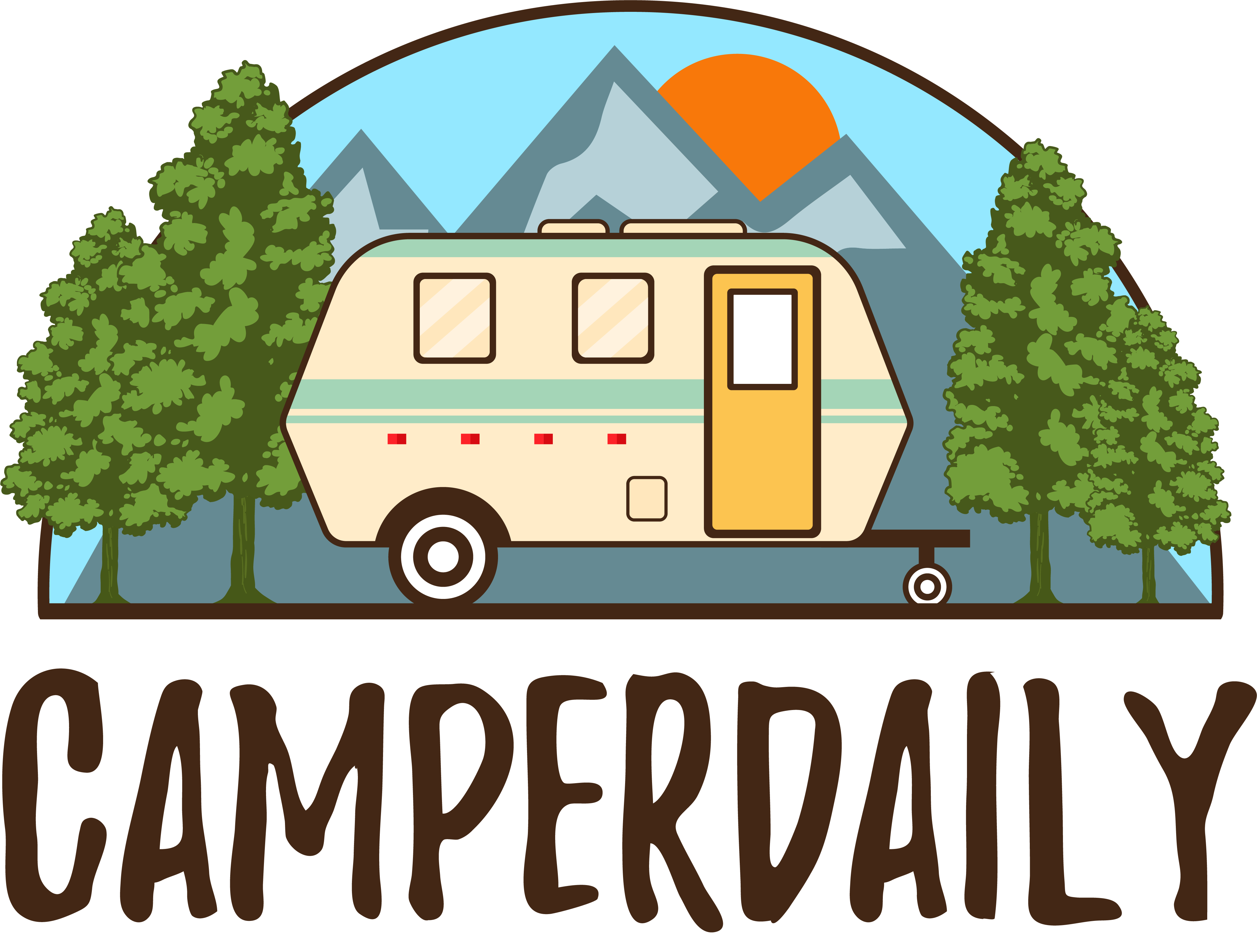The terms RV and motorhome are often used interchangeably, which can be confusing for those new to the world of recreational vehicles. Let’s clear up the distinction.
An RV (Recreational Vehicle) is a broad term that refers to any vehicle designed for camping or travel. This includes both motorized RVs (such as motorhomes) and towable RVs (such as travel trailers and fifth wheels).
A motorhome, on the other hand, is a specific type of RV that has a built-in engine, meaning you can drive it without needing a separate towing vehicle. Motorhomes come in various classes—Class A, Class B, and Class C—each offering different sizes and features.
So, while all motorhomes are RVs, not all RVs are motorhomes. Whether you’re looking for a drivable RV or a towable one, understanding these differences can help you choose the right option for your adventures.
What Is an RV (Recreational Vehicle)?
The term RV (Recreational Vehicle) refers to any vehicle designed for travel, camping, or recreational use. This includes both motorized and towable options, offering a range of styles and features to suit different needs.
Common types of RVs include:
- Class A Motorhome – Large, bus-style motorhome with luxury features.
- Class B Motorhome – Compact, van-style RV with essential amenities.
- Class C Motorhome – Mid-sized motorhome with a distinctive cab-over design.
- Toy Hauler – Available as a motorhome or trailer, featuring a garage space for ATVs, motorcycles, or other gear.
- Travel Trailer – Towable RV that hitches to a vehicle.
- Teardrop Trailer – Small, lightweight trailer with a compact sleeping space.
- Fifth Wheel Trailer – Large towable RV that connects via a specialized hitch in a truck bed.
- Hybrid Trailer – A mix between a travel trailer and a pop-up camper, often featuring expandable tent sections.
Each RV type comes in various models, floor plans, and annual updates, offering a wide range of options for travelers and outdoor enthusiasts. No matter the style, if it’s built for recreation and mobility, it falls under the RV category.
Understanding Motorhome RVs: What They Are and How They Work
A motorhome RV is a fully self-contained vehicle designed for travel and living. Unlike towable RVs, a motorhome combines living quarters and driving capabilities in one unit, meaning there’s no need for a separate towing vehicle. Motorhomes typically include kitchen facilities, sleeping areas, storage, and sometimes even luxury features like full bathrooms and entertainment systems.
Motorhomes are categorized into several classes based on size, features, and functionality:
Class A Motorhome
The largest and most luxurious motorhome option.
- Length: Up to 45 feet
- Amenities: Full kitchen, bathroom, multiple sleeping areas, and spacious living quarters
- Fuel Efficiency: Low, due to size and weight
- Best for: Large families or full-time RV living
- Identifiable by its large, boxy shape
Class A motorhomes are known for their residential-style comfort, but their size can make parking and maneuvering more challenging.
Class B Motorhome
The most compact motorhome, often called a camper van.
- Length: 17-23 feet
- Amenities: Small kitchen, bathroom (sometimes), and sleeping space for 1-2 people
- Fuel Efficiency: High, compared to other motorhomes
- Best for: Solo travelers or couples looking for a more mobile, fuel-efficient option
- Identifiable by its van-like appearance
Class B motorhomes are perfect for those who prioritize maneuverability and ease of parking over space and luxury.
Class C Motorhome
A mid-sized option that balances comfort and convenience.
- Length: 20-33 feet
- Amenities: Larger kitchen, bathroom, multiple sleeping areas, and decent storage
- Fuel Efficiency: Moderate, lighter than Class A but larger than Class B
- Best for: Families or travelers needing more space but not wanting a massive RV
- Identifiable by the cab-over bunk above the driver’s area
Class C motorhomes provide a good mix of space, comfort, and drivability, making them a popular choice among RVers.
Toy Hauler Motorhome
A motorhome with built-in garage space for recreational vehicles.
- Features: Living area plus a rear garage for ATVs, motorcycles, or other gear
- Versatility: The garage can double as additional sleeping space or a party deck
- Best for: Outdoor enthusiasts who bring along adventure equipment
- Identifiable by the rear ramp and garage area
Toy hauler motorhomes are ideal for travelers who want both luxury and functionality, allowing them to bring their favorite outdoor toys on the road.
Each motorhome class has its own advantages, so choosing the right one depends on your travel style, space requirements, and budget.
Is an RV the Same as a Motorhome? Understanding the Key Differences
The terms RV and motorhome are often used interchangeably, leading to some confusion for those new to recreational vehicles. However, there are key differences between the two.
What Is an RV?
An RV (Recreational Vehicle) is a broad term that includes both motorized and towable camping vehicles. This category encompasses a wide range of travel-friendly options, such as:
- Motorhomes (Class A, B, and C) – Self-powered RVs with built-in living spaces.
- Travel Trailers – Towable RVs that attach to a towing vehicle.
- Fifth Wheels – Larger towable RVs requiring a special truck hitch.
- Toy Haulers – RVs designed to carry recreational vehicles like ATVs or motorcycles.
- Teardrop & Hybrid Trailers – Compact, lightweight options for easy towing.
Essentially, every motorhome is an RV, but not every RV is a motorhome.
What Is a Motorhome?
A motorhome is a type of self-contained, drivable RV that combines a living area with driving capabilities, eliminating the need for a separate towing vehicle. Motorhomes come in several different classes:
Class A Motorhome
- Size: Up to 45 feet, offering the most space.
- Amenities: Full kitchen, bathroom, multiple sleeping areas, and high-end features.
- Best for: Full-time RV living or large families.
- Fuel Efficiency: Low, due to size and weight.
- Appearance: Large, bus-like structure.
Class B Motorhome (Camper Van)
- Size: 17-23 feet, the most compact motorhome.
- Amenities: Small kitchen, sometimes a bathroom, and space for 1-2 people.
- Best for: Solo travelers or couples prioritizing mobility.
- Fuel Efficiency: High, compared to other motorhomes.
- Appearance: Looks like a van but converted into a livable space.
Class C Motorhome
- Size: 20-33 feet, a mid-sized option between Class A and B.
- Amenities: Larger kitchen, full bathroom, multiple sleeping areas.
- Best for: Families or travelers needing more space without a massive RV.
- Fuel Efficiency: Moderate.
- Appearance: Identifiable by the cab-over bunk above the driver’s seat.
Toy Hauler Motorhome
- Features: A motorhome that includes a built-in garage space for ATVs, motorcycles, or other equipment.
- Versatility: The garage area can convert into a sleeping space or outdoor deck.
- Best for: Outdoor enthusiasts who need to transport recreational gear.
- Appearance: Recognizable by its rear ramp door and garage section.
Choosing Between an RV and a Motorhome
If you want a drivable unit, a motorhome is the best choice. If you prefer a towable option, then a travel trailer or fifth wheel might be better. Understanding these distinctions helps in selecting the right recreational vehicle for your lifestyle.
Exploring Trailer RVs: Types, Features, and Considerations
While motorhomes are a popular type of RV, trailers are also classified as RVs and offer many of the same comforts. The key difference is that trailers require a tow vehicle, such as a truck, SUV, or minivan, to transport them. If you’re considering a trailer RV, here are some common types and their unique features.
Travel Trailer
A travel trailer is one of the most versatile RV options. Designed to be towed by a pickup truck, SUV, or minivan, it typically includes:
- A living area, kitchen, bedroom, and bathroom
- Various floor plans and amenity packages
- The ability to unhitch at the campsite, leaving your tow vehicle free for local travel
Most travel trailers cannot be occupied while being towed, though there are exceptions depending on local laws.
Teardrop Trailer
A teardrop trailer is an ultra-compact RV that can even be towed by a motorcycle. Key features include:
- Room for one or two people
- Minimal amenities, sometimes featuring an outdoor kitchen at the rear
- Lightweight design, making it easy to tow and store
These small trailers are ideal for solo travelers or couples, but they lack the space for larger groups. Prices generally range from $8,000 to $15,000, depending on the model and features.
Hybrid Trailer
A hybrid trailer blends the comfort of a hard-sided RV with the camping experience of a tent. Features include:
- Tent-style pop-outs that expand the sleeping space
- Essential amenities like a fridge, sink, microwave, and storage
- A lightweight structure, making it easier to tow than a full travel trailer
The downside? Noise insulation is minimal, meaning you’ll hear nearby campers, traffic, or nature sounds more than in a standard RV.
Fifth Wheel Trailer
A fifth wheel trailer is one of the most spacious and luxurious towable RV options. What sets it apart?
- Hitches inside the truck bed (requires a special fifth-wheel coupling)
- High-end amenities, including full kitchens, residential-style bathrooms, and even walk-in closets in some models
- Multiple floor plans, offering a true home-on-wheels experience
Fifth wheels provide superior stability and space, making them a great choice for long-term travelers or full-time RVers.
Final Thoughts
Choosing the right RV comes down to your lifestyle, travel needs, and personal preferences. While motorhomes offer convenience with a built-in engine, trailers provide flexibility by allowing you to unhitch and use your tow vehicle separately.
Before purchasing any RV, research different models, compare floor plans and features, and test out options in person to find the perfect fit for you and your family. For more tips and in-depth RV reviews, explore the rest of our website!

